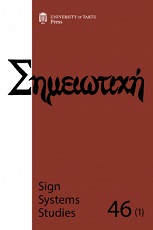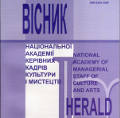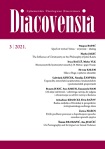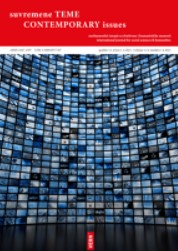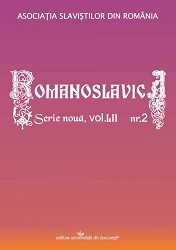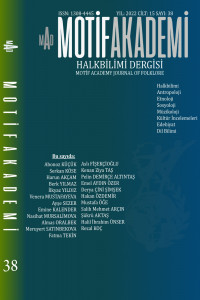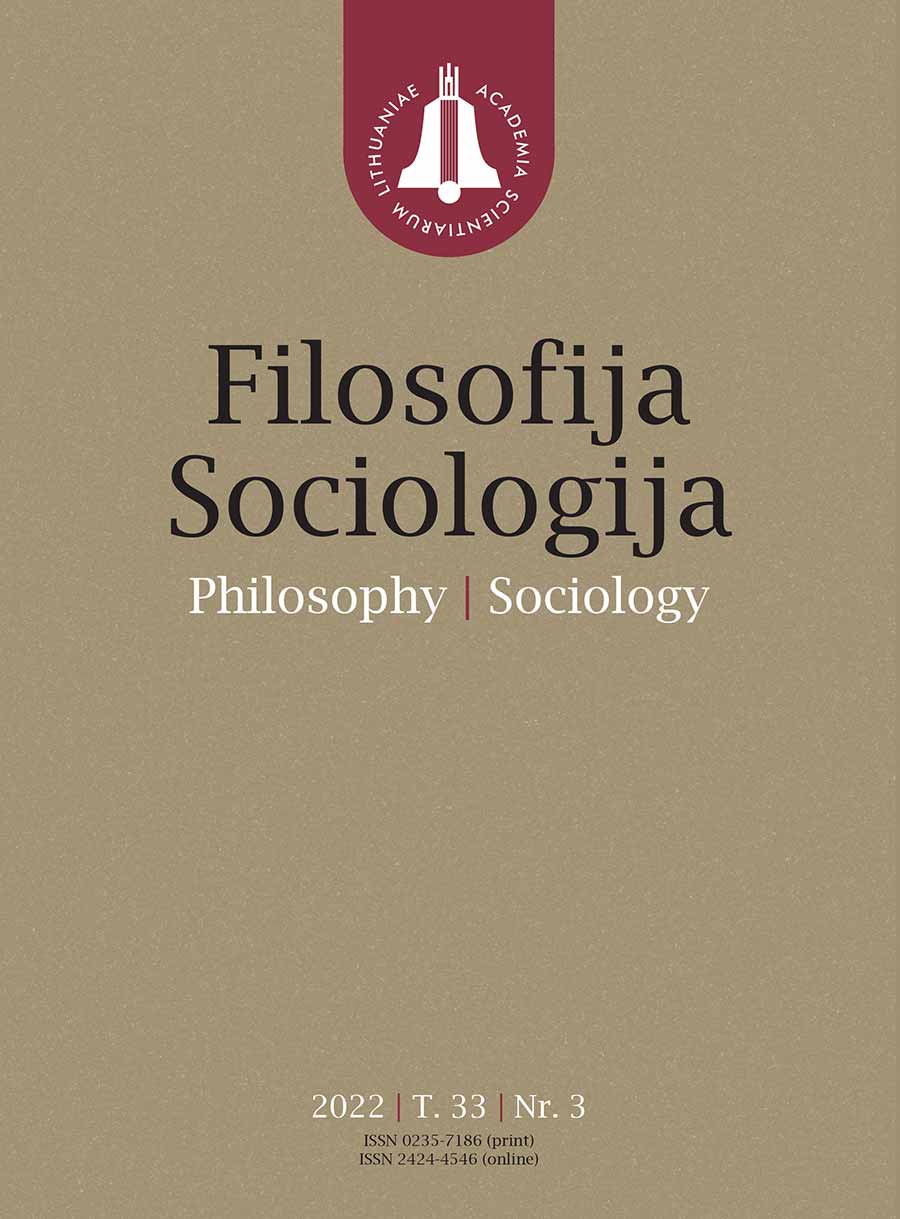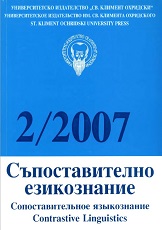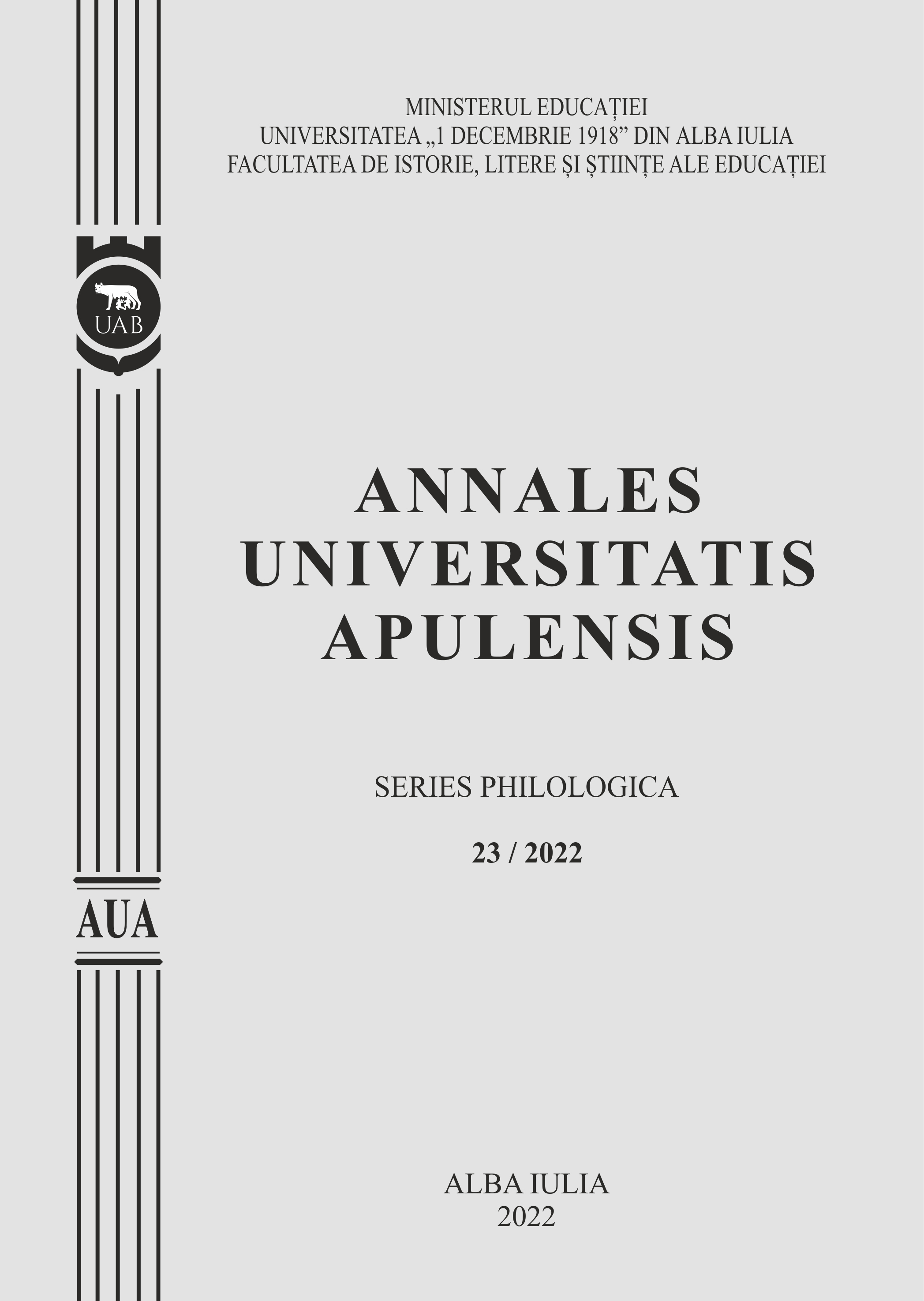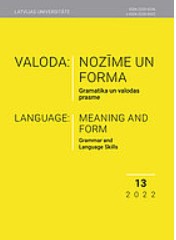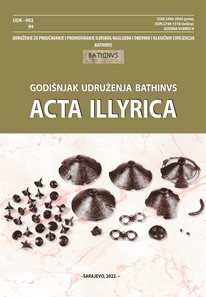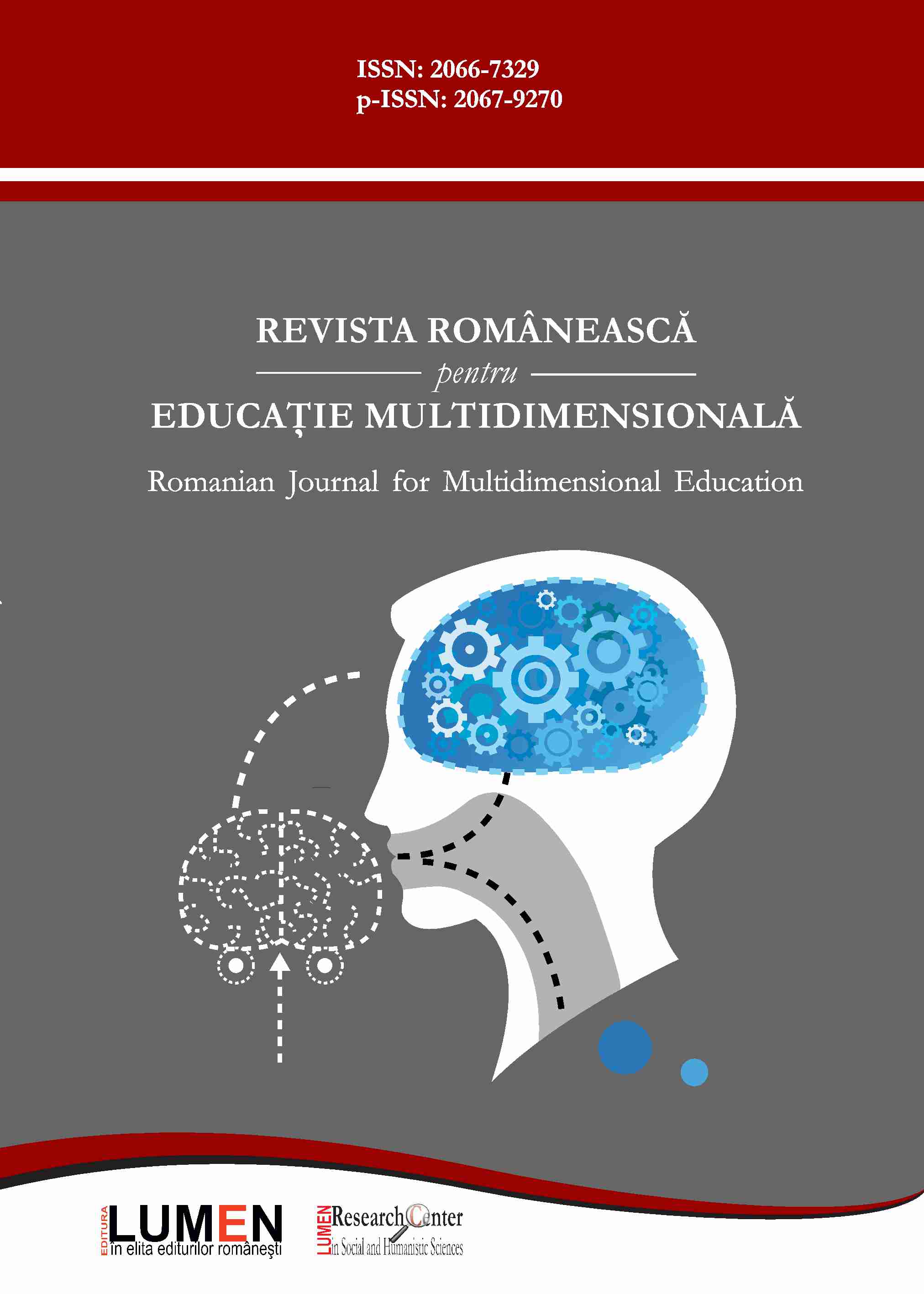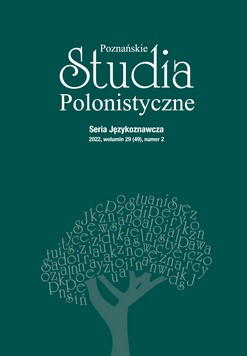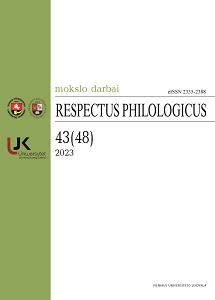Author(s): Janika Päll / Language(s): Estonian
Issue: 1-2/2021
The article discusses the emergence and development of poetics and rhetoric as a complementary pair of disciplines bound to the arts of speech, with a particular focus on antiquity and on the theory defining poetry and prose and their relationship. It emphasizes the often unrecognized role of Gorgias’ “Encomium of Helen” in the formation of Plato’s and Aristotle’s views on “poiesis” and their studies of the effect of words used artistically. Ever since Gorgias, arts theories keep emphasizing the same moments – change of opinions, incitement and alleviation of passions –when describing how the heard word can affect one’s soul, despite the differences in genres and contexts, whether observed in poetry, politics, science, or magic. The article points out the tendency, begun by Gorgias, to approach different word-based ’arts’ in a complementary way, highlighting separately Aristotle’s theory and the practice of liberal arts in medieval education and the rediscovery of classical rhetoric in the early modern period. Plato-inspired criticism of rhetoric and poetry (particularly tragedy) is contrasted with Aristotle’s pragmatic approach underlining the role of logic (which became central in the Middle Ages), as well as by emphasising the importance of the sublime and divine in poetry and prose (Cicero, Horace, Longinus) and by justification of rhetoric as a means of moral education, based on Isocrates and reappearing not only in Cicero and Horace but also in Plutarch, let alone the relevant 17th-century writings from the Academia Gustaviana (Tartu) and the Reval Gymnasium (Tallinn), as well as in the treatises, inspired by Cicero and Horace, written by Karl Morgenstern, founder of Classical Philology at the Imperial University of Tartu. In addition, some possibilities are pointed out which are opened up by Aristotle’s “Rhetoric” and the treatise “On literary composition” by Dionysius of Halicarnassus for studying the relationships between poetry and prose (in particular for considering lyric poetry and ’free verse’).
More...
